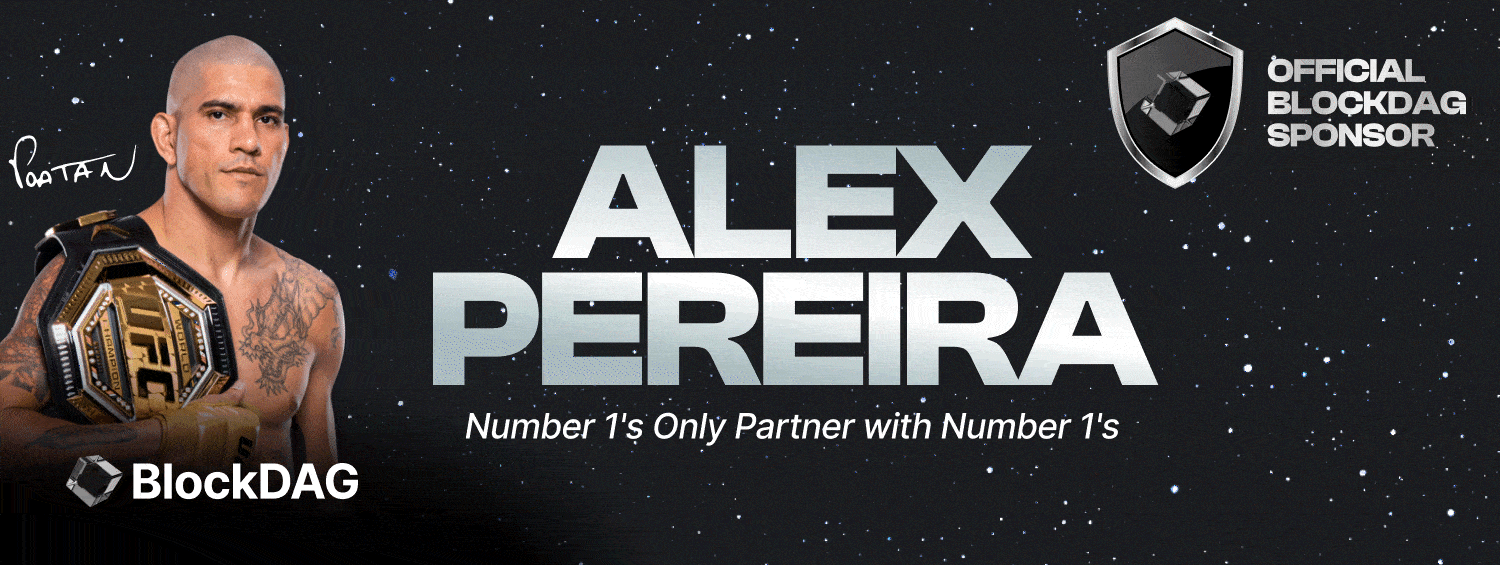Picture a world where central banks may find themselves intervening in cryptocurrency markets. We came close to witnessing such a scenario with the downfall of Silicon Valley Bank (SVB) last year. The collapse of SVB sent shockwaves through the stablecoin operator Circle, which had a staggering $3.3 billion uninsured with SVB. This crisis caused Circle’s USDC—a token renowned for its stability—to lose its peg to the dollar until the Federal Reserve intervened to safeguard the bank’s deposits, averting a larger crisis.
As the crypto market bounces back from its 2022 low, stablecoins are attracting considerable attention. These tokens, crafted by private companies, emulate digital cash, typically mirroring the U.S. dollar one-to-one. Their reserves are expected to mirror equivalent U.S. dollar amounts. The momentum for stablecoins is building, with new players like PayPal and Ripple entering the arena. Legislative backing is also growing, with Senators Cynthia Lummis and Kirsten Gillibrand proposing laws to establish a robust framework for these tokens.
The return of Stripe marked another significant development. After a six-year hiatus from crypto payments, Stripe’s comeback highlights a renewed interest in incorporating cryptocurrency into mainstream finance. Jonathan Bixby, a notable figure in the crypto realm, suggested that Stripe’s strategy mirrors the earlier introduction of U.S. spot Bitcoin ETFs, which aimed to integrate traditional capital into crypto. He hinted that Stripe’s move might signify a reversal, bringing crypto into everyday financial transactions.
The utilization of stablecoins transcends mere technological advancement; they are beginning to address the fundamental question of crypto’s practical applications. These tokens are not just theoretical but are actively utilized in real-world transactions. Visa’s analysis uncovered over $2.5 trillion in stablecoin transactions within a 30-day period, with USDC surpassing its competitor Tether. However, excluding automated trading transactions significantly reduces the volume, indicating a heavy reliance on programmed trading in decentralized finance platforms.
The increasing adoption of stablecoins positions them as potential major players in the shadow banking system, which encompasses various non-bank financial entities like asset managers and insurance companies. If stablecoins can facilitate large-scale transactions, they could become custodians of substantial sums of money.

Presently, most stablecoin holders invest in short-term U.S. Treasuries or maintain funds in bank deposits, benefiting from returns or secure storage. Some participate in reverse repo markets, lending out cash for brief periods against collateral like Treasuries. This approach mitigates counterparty risks, crucial for upholding financial stability.
However, financial commentator Frances Coppola highlights the drawbacks of these strategies. If stablecoin operators concentrate solely on short-term asset holding, they might struggle to generate significant profits. Moreover, the mismatch between the durations of their assets and liabilities could pose additional financial risks.
Federal regulators harbor broader concerns that stablecoins might amass excessive Treasuries, sparking discussions about potentially curbing their growth. While worries about their size and influence may appear distant, overlooking these factors could lead to significant issues as the market expands.
The resurgence of crypto payments, coupled with Stripe’s expanded service offerings facilitating integration with rival payment solutions, signals a strategic shift towards more open and adaptable financial operations.
John Collison, Stripe’s co-founder, wittily remarked that transaction settlements and costs with stablecoins are now far more manageable, unlike the epic scale of Christopher Nolan’s films. This analogy not only injects humor but also underscores the efficiency and user-friendliness of using stablecoins compared to traditional cryptocurrencies.


























